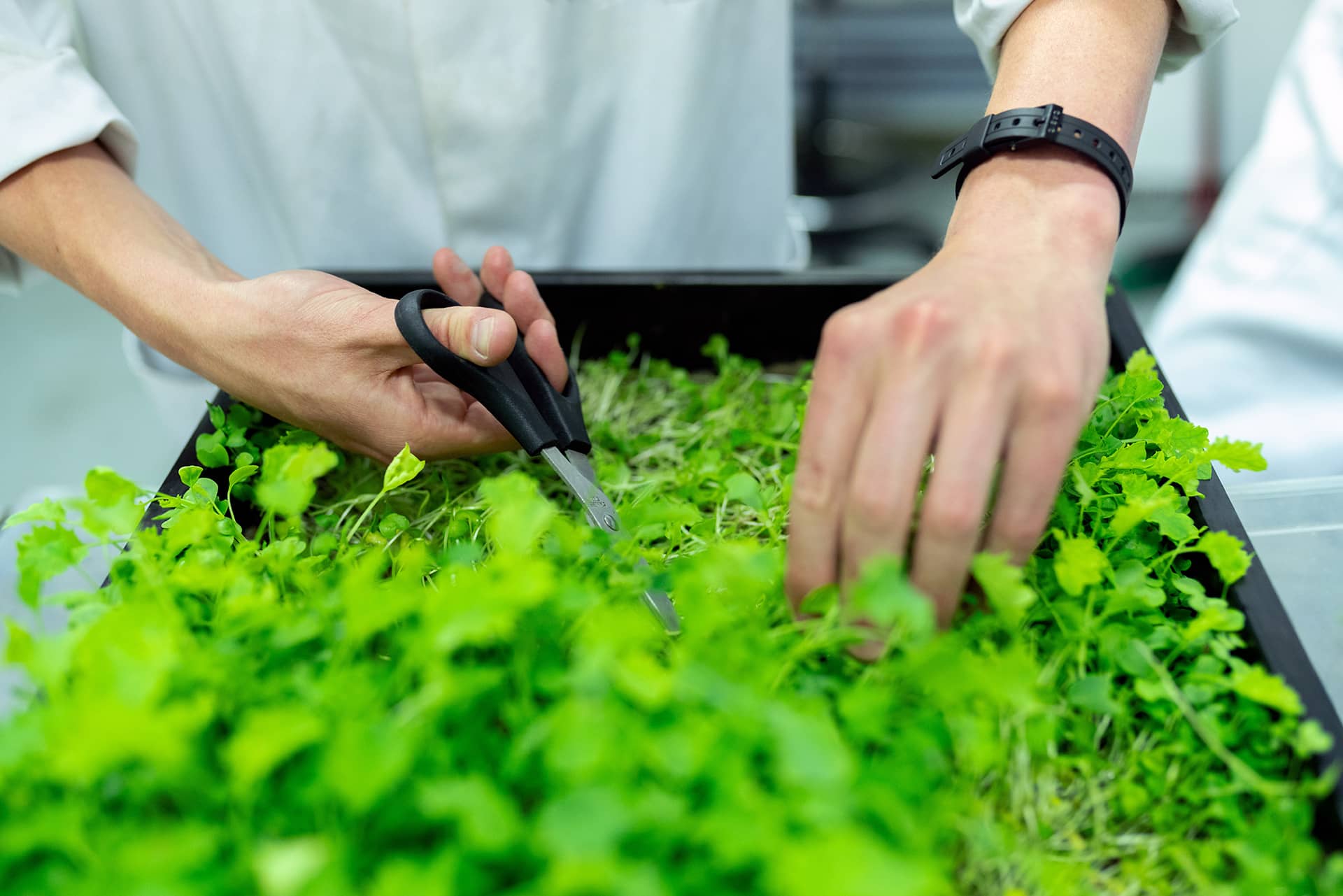
Going Meatless: The Benefits for Your Health And the Planet
Scan the news today, and the state of the natural world may leave you feeling overwhelmed. Reports of rising temperatures, shrinking habitat space, and acidifying oceans make it feel like there’s nothing we can do to make a difference.
While the environmental crisis can feel disempowering, the truth is that our personal choices make an impact. One factor you can control is your diet. Everyone needs to eat multiple times a day, and choosing your cuisine wisely will affect the world more than you realize.
Here, let’s explore what it means for the earth – and your health – if you eat less meat.
Four Negative Consequences of Eating Meat
The meat industry disproportionately damages the planet and people within it. Here are some of the worst effects.
1. Contributes to Greenhouse Gas Emissions
The livestock industry is responsible for almost a fifth of global greenhouse gas emissions, and red meat production generates between ten and 40 times more emissions than growing grains and vegetables.
You can blame this on methane, a gas that ruminant animals like cows produce during digestion that’s up to 84 times more potent than carbon dioxide.
Short of permanently parking your car, cutting meat from your diet is one of the best ways to lower your carbon footprint. Giving up even one pound of beef a week will save more than 750 pounds of carbon dioxide from entering the atmosphere.
2. Promotes Damaging Agricultural Practices
Producing meat in mass quantities requires intensive agricultural practices that damage the environment.
For instance, the Environmental Working Group states it takes more than 17 billion pounds of fertilizer and 167 million pounds of pesticides to grow animal feed—large portions of which contaminate and irrevocably damage our air, water, and soil.
The problem worsens when you consider the consequences of factory farming. Most livestock is raised in concentrated animal feeding operations (CAFOs) that concentrate waste and produce breeding grounds for pathogens like E. coli. Livestock in the United States produce up to 20 times more waste than the country’s entire human population, most of which is left to rot in massive “manure lagoons” that can leech into water systems and harm surrounding communities.
3. Depletes the Planet’s Scarce Resources
Almost a third of the earth’s ice-free surface is utilized in livestock production, and a third of all farmable land grows feed crops for them. This has severe consequences for the environment.
As things stand today, up to 70% of all grazing space in dry areas has been degraded due to overuse, and more than three-quarters of cleared land in the Amazon is currently used for raising cattle.
Consider the difference if we collectively ate less meat. The planet could easily support another four billion people if all the food grown for livestock was fed to humans instead—more than enough food for the world’s predicted population by 2050.
Freshwater is another concern. Agriculture counts for more than 90% of the world’s freshwater use, and it takes over 1,200 gallons to produce just one 8-oz steak. Producing a cup of tofu, in contrast, takes only 120 gallons.
4. It’s Bad for Your Health
Beyond the planet, your penchant for pork will affect your health in potentially deadly ways.
American meat consumption has doubled per capita since the 1960s, and the average man eats more than his weight in meat each year—more than twice the global average. Red meat consumption is associated with higher risks of many lifestyle diseases, including diabetes, heart disease, and many types of cancer.
The effect on your health is substantial. Substitute just one meat serving per day for plant-based protein, and you lower your chance of dying from these conditions by up to 19%.
Make a Change: Five Easy Ways to Eat Less Meat
There’s no denying that eating less meat is a way to minimize the harm you cause to your health and the earth.
The news gets better. There have never been more or easier options for reducing your meat consumption. Vegan-friendly foods have come a long way in recent years, and many brands now offer innovative plant-based products so satisfying you’ll forget you aren’t eating the real thing.
Here are some simple strategies for eating less meat each week.
- Consider cauliflower: This low-cal vegetable is incredibly versatile when used as a meat alternative. You can find it within taco “meat,” grain-free veggie burgers, and even buffalo “chicken” wings.
- Turn to lentils for ground beef: Taco Tuesday is just as tasty when you substitute lentils and other beans for beef. You can do the same for pasta dishes, spicy chilis, and even hamburgers. The Kitchn shares how to turn this plant-based protein source into a ground beef alternative.
- Enjoy jackfruit “pork”: This tropical fruit is having a moment, thanks to its naturally meaty texture. Recipes abound online for turning canned jackfruit into a creative sandwich topper, and you can also purchase it ready-to-eat from The Jackfruit Company.
- Snack on meat-free “jerky”: Kelp, shitake mushrooms, and jackfruit are all being used to make satisfying jerky snacks so packed with flavor you won’t miss the meat. Consider brands like Akua, Jack & Friends, Leaf Jerky, and Pan’s Mushroom Jerky.
- Think beyond fish: you don’t need to give up tuna fish sandwiches to follow a more sustainable diet. Good Catch sells a range of plant-based seafood alternatives, including fish-free tuna and frozen entrees ranging from “fish” burgers, “crab” cakes, and Thai-style “fish” cakes.
Perfection is the enemy of progress. You don’t need to give up animal products altogether to make a positive difference for the planet and your health. Consider the ways you can make some meat swaps today, and you’ll be making a stand for a more sustainable world for everyone.
Header image: ThisIsEngineering/Pexels
